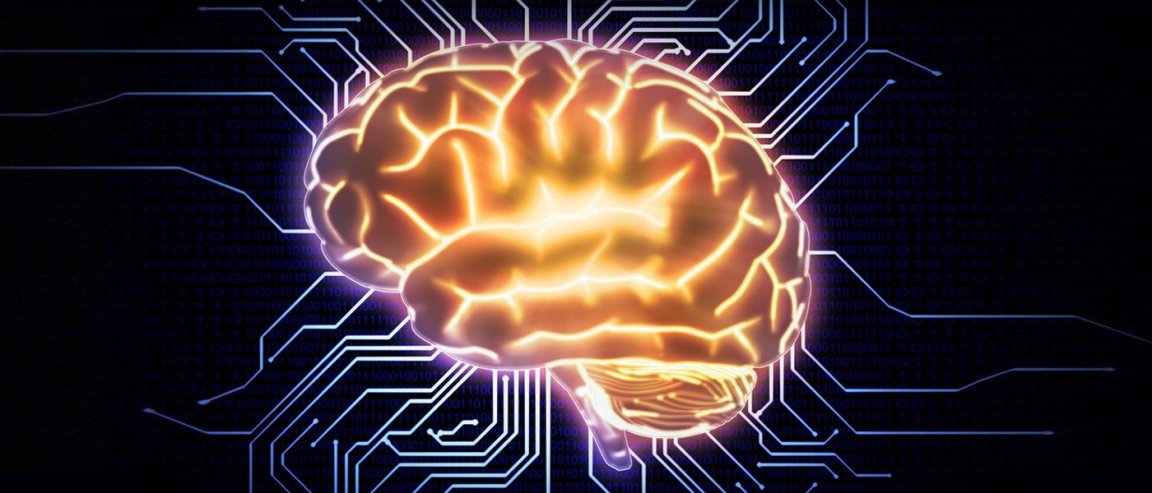
Mental and Sensory Trickery
As machine learning produces virtual reality that feels more real than ever, the divide separating “human” and “machine” is shrinking. We are teaching AI to beat us at our own games, and it’s proving to be a limitlessly powerful student. The world in which the phrases “seeing is believing” and “show me” mean something is receding in the rearview mirror rapidly, giving way to a reality where you can’t always trust your sensory data. Which — like any other data — can be hacked or faked. Though, in this case it could be at your own direction — and to your advantage.
The human brain evolved to keep us safe in a world of predatory animals, deep, unnavigable waters, high cliffs, and sharp edges. Optimization for survival and reproduction of our genes demanded accurate sensory input, and generations of reliance on that data led to hard-wired fears that feel as real as anything we experience. Something moving fast at the periphery of your field of vision startles; the sight of a sheer drop opening into yawning space causes the heart to pound. Danger! Avoid, survive.
Now, we have learned that we can work, learn, and play at our highest levels by tricking our minds into perceiving what isn’t there. Like a wizened mentor, turning the lessons inward to the self, we shape the lesson and provide the interpretation for our own brains, translated into unmistakable sensory data. In other words, we provide ourselves with learning opportunities that are based in sensory experiences.
Smart sensory devices are changing the depth to which we experience virtual reality. Oculus earbuds, for example, along with acoustic filtration apps like H_ _ r provide a sense of true immersion in a virtual environment — something that’s only been recently made possible. It’s also possible now to smell things without a nose, thanks to advancements in “artificial olfaction” technology produced by companies like eNose. We can taste things that aren’t there and even “send” them to each other online for tasting. If these artificial sensory experiences were to work in tandem, we might not be able to tell the difference between virtuality and the real thing beyond actually telling ourselves what is real and what isn’t.
In fact, virtual experiences may soon provide more sensory data than we can get by any conventional means; an even more “realistic” experience than reality. This would be even more powerful, as TechCrunch points out, with the help of chemical stimulation strengthening the synapses that cement our memories.
The irony of relying on our brains to remind ourselves of what’s real—precisely because we know we won’t be able to trust whatever data our brains themselves come up with—is itself amusing. One of our most fascinating cyborg moments of the coming years may be the merging of technologies with the human body in the pursuit of more realistic virtual experiences.
[infographic postid=”8906″][/infographic]
Opening Up New Worlds
The implications of the abilities we’ve developed to trick our brains are more than amusing. They are changing the way we learn, work, and relate to each other as well, not to mention motivating us to learn how to recapture neuroplasticity and use it to our advantage. The quest for the perfect virtual experience is opening up new worlds for anyone who’d like to experience them.
Right now it’s possible to drive through sandcastles or map enemy territory. We are using VR to learn and teach, taking trips through museums, and learning how human organs work. VR is changing the way we work, too: easing pain for patients and allowing developers to prototype apps. Even porn is going virtual — because if we’re going to take work to the next level, play is definitely coming with it.
All of these things would be little more than novelties if our technologies were not so adept at tricking our sense. Thanks to better tech and improved sensory swindling, though, each of these virtual applications holds deeper meaning for us as a species.